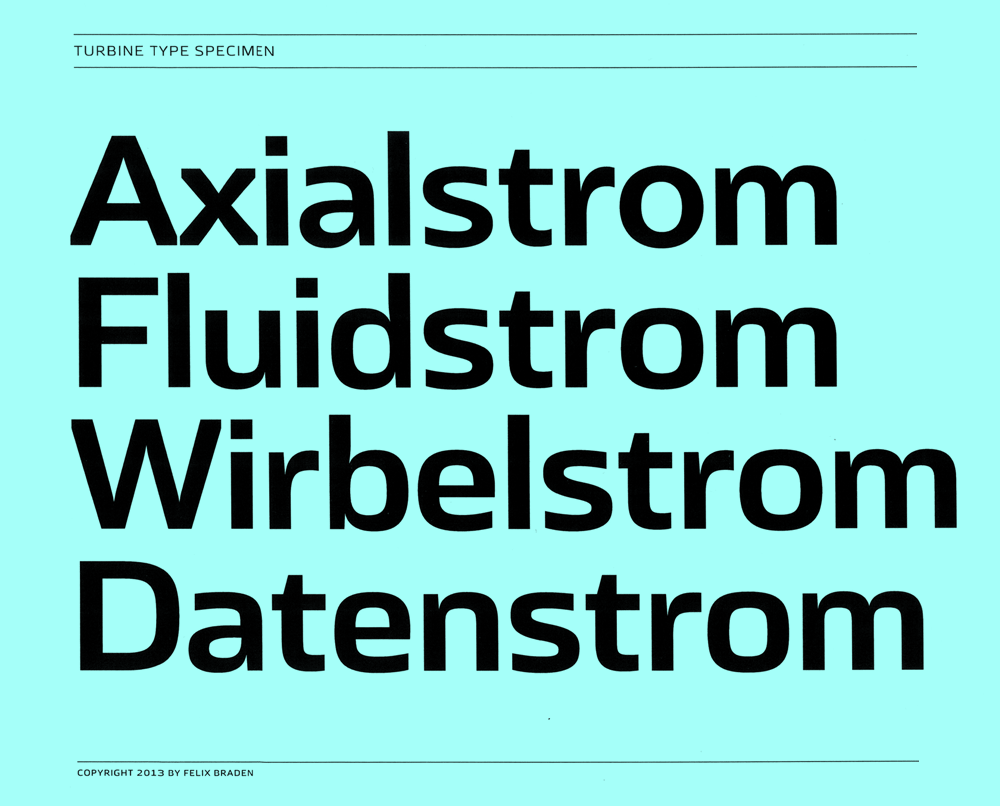Turbina es el nombre genérico que se da a la mayoría de las turbomáquinas motoras. Estas son máquinas de fluido, a través de las cuales pasa un fluido en forma continua y éste le entrega su energía a través de un rodete con paletas o álabes. La turbina es un motor rotativo que convierte en energía mecánica la energía de una corriente de agua, vapor de agua o gas. El elemento básico de la turbina es la rueda o rotor, que cuenta con palas, hélices, cuchillas o cubos colocados alrededor de su circunferencia, de tal forma que el fluido en movimiento produce una fuerza tangencial que impulsa la rueda y la hace girar. Esta energía mecánica se transfiere a través de un eje para proporcionar el movimiento de una máquina, un compresor, un generador eléctrico o una hélice. Las turbinas constan de una o dos ruedas con paletas, denominadas rotor y estátor, siendo la primera la que, impulsada por el fluido, arrastra el eje en el que se obtiene el movimiento de rotación. Hasta el momento, la turbina es uno de los motores más eficientes que existen (alrededor del 50 %) con respecto a los motores de combustión interna y hasta algunos eléctricos. Ya en los años 20, unos inventores, entre ellos uno de apellido Thyssen, patentaron una turbina de combustión interna a la que atribuyeron un rendimiento termodinámico del 31 %. El término turbina suele aplicarse también, por ser el componente principal, al conjunto de varias turbinas conectadas a un generador para la obtención de energía eléctrica.











